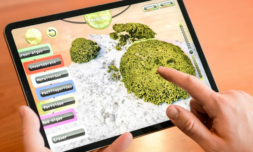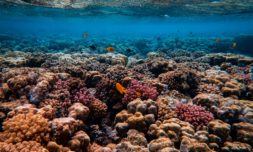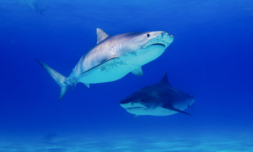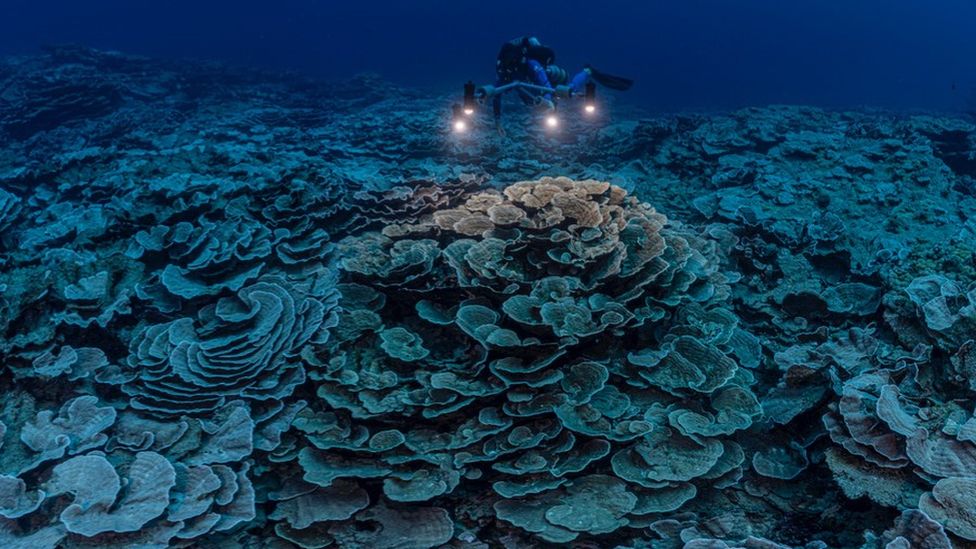A pristine coral reef has been discovered in the South Pacific Ocean. It appears to be flourishing, despite the current biodiversity crisis caused by climate change.
It’s almost Friday, so you know what that means? Time for some good news to catapult us into weekend mode.
A massive reef made up of rose shaped corals has been found off the coast of Tahiti. Researchers from the French National Centre for Scientific Research in French Polynesia entered the water for a November dive and were surprised to find a large and healthy ecosystem that had never been mapped before.
The coral reef stretches for more than 3 kilometres and at its widest point measures 70 metres across. It is thought to be one of the largest found at this depth.
Reefs of this size have previously only been found in shallow waters, highlighting how much we still have to discover about the ocean and corals themselves. The next step for the divers will be to identify which species are living in the surrounding area.






















